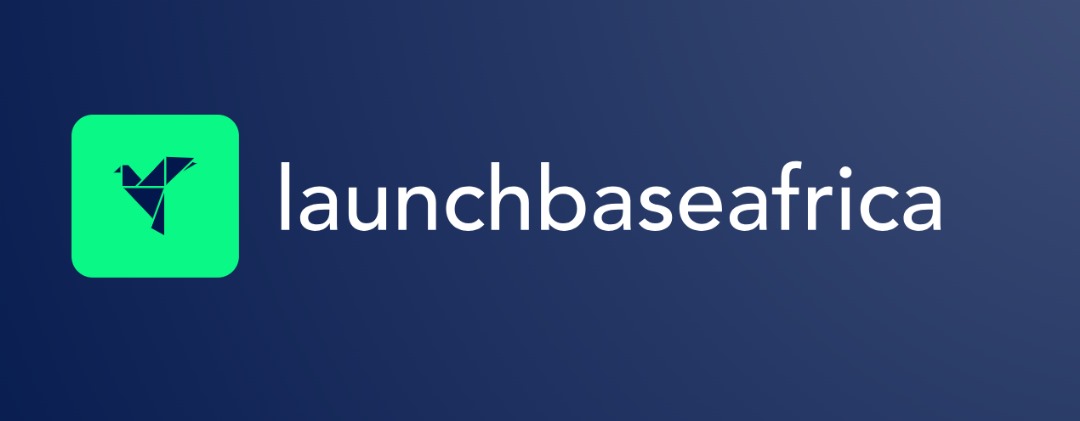A wave of state-led digital payment systems is sweeping across Africa, creating powerful regional networks that promise to slash transaction costs and sideline the US dollar. In the last month alone, major economic blocs in East, Southern, and West Africa have launched ambitious interoperable platforms.
This shift from private-led solutions to public infrastructure marks a pivotal moment. While these new systems aim to solve the continent’s notoriously fragmented and expensive payments landscape, they also pose a fundamental question for the hundreds of fintech startups built to tackle the very same problem: are they a launchpad for the next phase of growth, or an existential threat?
The Rise of Regional Rails
The trend is accelerating. Just this week, the Common Market for Eastern and Southern Africa (COMESA), a 21-member bloc including giants like Egypt and Kenya, announced the launch of its Digital Retail Payments Platform. The system, kicking off with a trial between Malawi and Zambia, is designed to allow businesses to settle cross-border deals directly in their local currencies.
“For the first time, cross-border trade within COMESA can be settled directly in local currencies,” said Kenya’s trade minister Lee Kinyanjui. “This is a game-changer.”
The initiative’s primary targets are the small and medium-sized enterprises (SMEs) that form the backbone of the region’s economy. According to Kinyanjui, these businesses have long been hampered by “cumbersome, insecure and expensive” payment systems. The new platform aims to cap transaction costs at under 3%, a significant reduction from current levels.
This move mirrors a high-stakes technological race in French-speaking Africa between two central banks:
- West Africa (WAEMU): On September 30, 2025, the Central Bank of West African States (BCEAO) launched its Interoperable Instant Payment System Platform (PI-SPI). Developed in-house, it connects 62 institutions — including major banks like Ecobank and mobile money operators like Orange Money — across eight countries. It allows over 100 million potential users to make instant, free, interbank transfers 24/7. The zone has seen digital transactions explode from 260 million in 2014 to 11 billion in 2024.
- Central Africa (CEMAC): The Bank of Central African States (BEAC), however, has a head start. Its GIMACPAY system, commercially launched in 2020, has created a mature ecosystem connecting 96 participants. It integrates bank cards, mobile accounts, and money transfers. Crucially, as of January 2025, GIMACPAY supports outgoing remittances from the CEMAC zone to other African countries — a feature its West African counterpart currently lacks, giving it a significant technological edge in the race for true inter-African connectivity.
The Opportunity: Building on New Foundations
For many fintechs, the new government-backed payment rails are already raising concerns among local players. Wave and MTN, for instance, recently opted out of WAEMU’s Interoperable Instant Payment System Platform (PI-SPI), fearing that their business models could be crushed. However, these rails aren’t necessarily a death knell; instead, they could serve as a powerful foundation for growth. Rather than investing heavily in infrastructure and navigating complex regulations, fintechs could use these rails as a lifeline, enabling them to focus on the user-facing layer.
The fact that these bloc-backed payment rails point to problems that go far beyond the scope of individual fintech proposals is telling. Essentially, central banks are laying the groundwork — setting up the essential infrastructure — and fintechs can now compete to build the best applications — the digital “taps” and “faucets” — that connect to them. It’s public plumbing for private innovation. The opportunities lie in:
- Enhanced User Experience: Creating slick, user-friendly apps that simplify payments for consumers and SMEs.
- Value-Added Services: Bundling payments with services like micro-loans, insurance, and inventory management, which leverage the low-cost infrastructure.
- Niche Markets: Serving specific corridors or industries that are underserved by the larger state-led systems.
The fintechs most likely to thrive in this new era may be those that embrace collaboration, plugging into these new platforms as service providers rather than attempting to compete on the base infrastructure. However, the depth and scale of this integration remain uncertain.
For fintechs whose core value proposition was simply moving money cheaply across borders within one of these newly integrated zones, the future looks uncertain. The basic service of A-to-B remittance is quickly becoming a utility, commoditized by central banks and offered at or near zero cost.
This directly challenges the business models of many early-stage payment startups. Their competitive moat — solving the complex puzzle of cross-border settlement — is being drained by the very institutions that regulate them. These companies face a stark choice: pivot or perish. They must rapidly add more value beyond the simple transaction or risk being made redundant.
A New Fragmentation? The Pan-African Puzzle
While these regional blocs solve payment fragmentation within their borders, they risk creating a new set of digital islands. A merchant in Zambia (COMESA) still faces challenges paying a supplier in Senegal (WAEMU).
This is where initiatives like the Pan-African Payment and Settlement System (PAPSS) come into play. Backed by the African Union and Afreximbank, PAPSS aims to be the “super-connector” — the clearing house that allows these regional platforms to talk to each other.
The future of African fintech will be shaped by the interplay of these layers. The winners will be those who can navigate this evolving landscape, leveraging the new regional rails while building bridges between them. The race is no longer just about moving money; it’s about building a seamless, interconnected digital economy on a continental scale.


